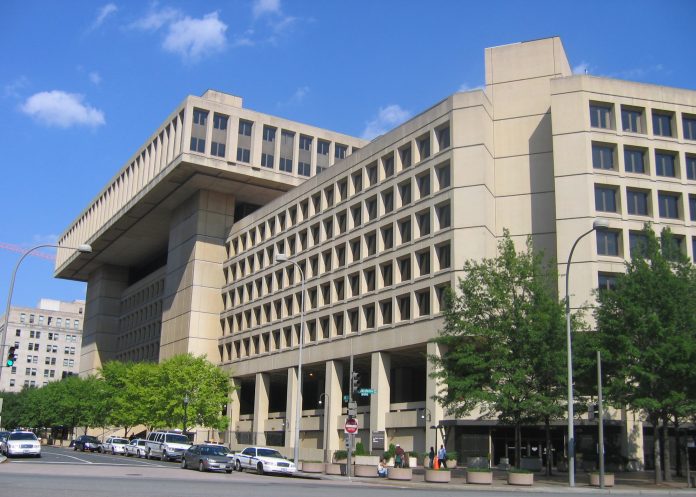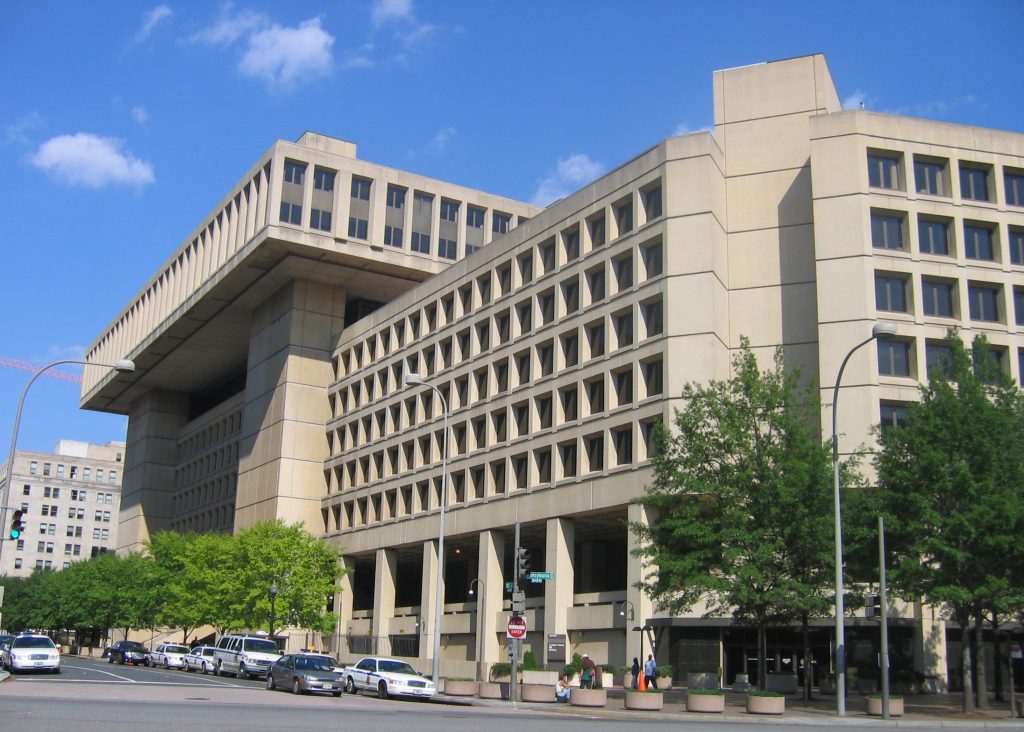
It doesn’t come often that a government office relocation preserves taxpayers a amount that can fund a small city. But the recent FBI relocation from the J. Edgar Hoover Building to the Ronald Reagan Building in Washington, D.C. has accomplished just that, avoiding over $300 million in delayed maintenance expenses and billions more in new building. This choice, though, is hardly a straightforward story of financial restraint. It’s a saga of political struggles, decrepit infrastructure, and the traditional pull-and-haul for federal property.
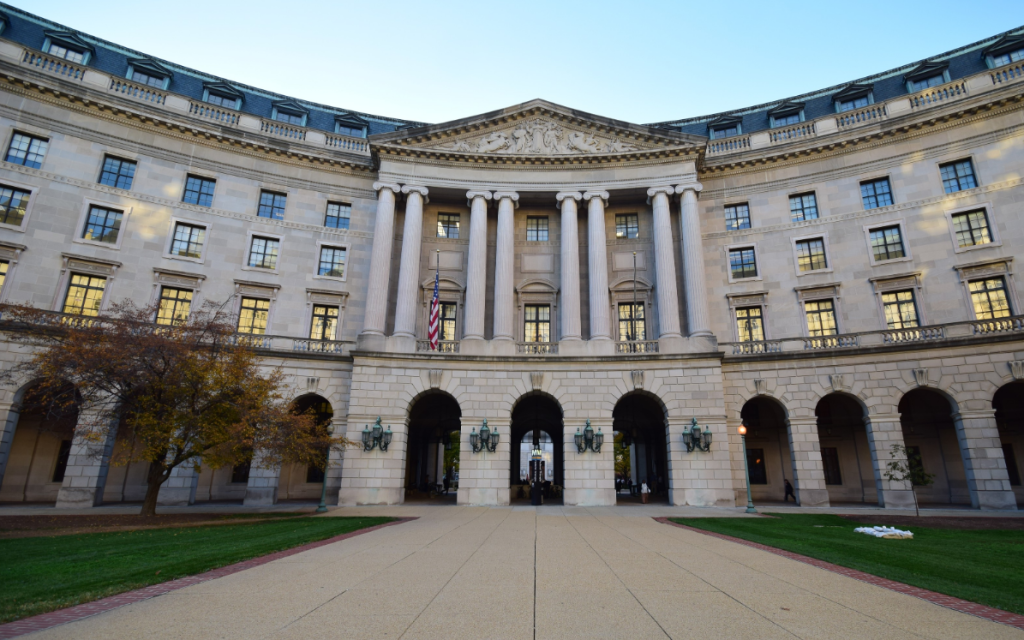
For those following the intersection of policy, infrastructure, and public accountability, the FBI headquarters drama provides an instructive case study. From the decayed concrete of the Hoover Building to the high-stakes appropriations battle in Congress, the history of this move is as much about the future of federal buildings as it is about the dollars saved. Here are the seven most insightful revelations of the ongoing debate.
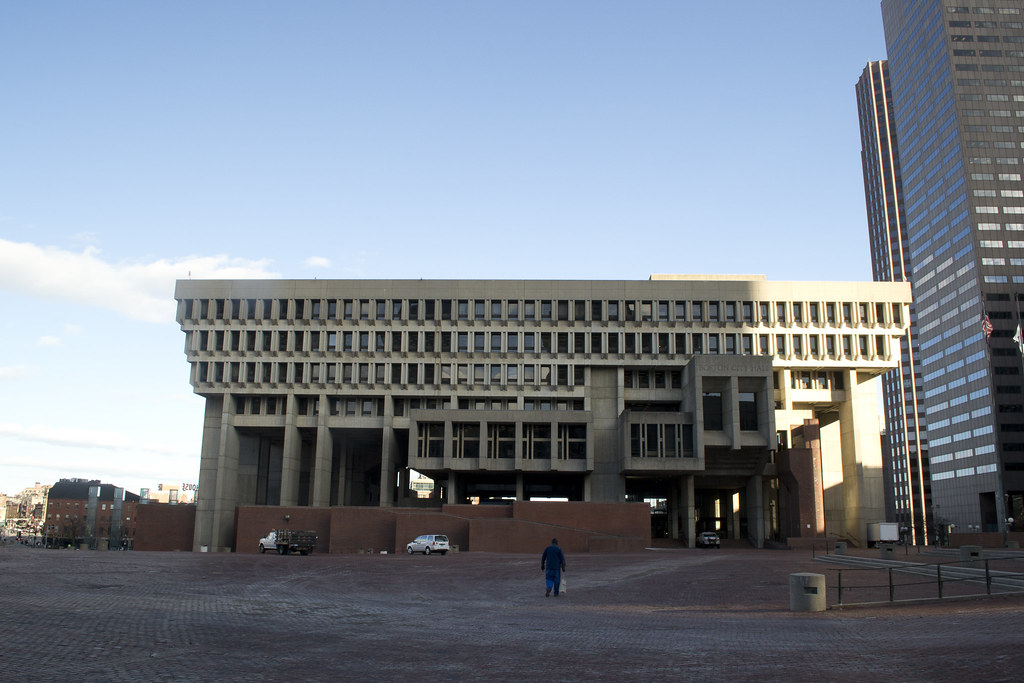
1. Deferred Maintenance: The $300 Million Problem
The J. Edgar Hoover Building was a cautionary story of federal property management. Years of delayed repairs had left more than $300 million in deferred maintenance, with risks from falling concrete to failing water systems. In the opinion of GSA Acting Administrator Stephen Ehikian, the building had “an aging water system to concrete falling off the structure.” These problems not only jeopardized employees but also threatened national security, as the building struggled to support contemporary operational needs. The move to the Ronald Reagan Building essentially eliminated these impending expenditures, providing instantaneous fiscal savings and a more secure setting for the Bureau’s workforce.

2. Avoiding Billions in New Construction
Whereas the Hoover Building’s maintenance cost was enormous, the other option building a new suburban headquarters would have eclipsed it. The General Services Administration (GSA) put the cost of constructing a new campus in Greenbelt, Maryland, at billions of dollars and over a decade to finish. By going with available space in the Reagan Building, the government sidestepped those long-term costs and provided an answer that could be deployed in a matter of months. As GSA Public Buildings Service Commissioner Michael Peters put it, “This move not only provides a world-class location for the FBI’s public servants, but it also saves Americans billions of dollars on new construction.”
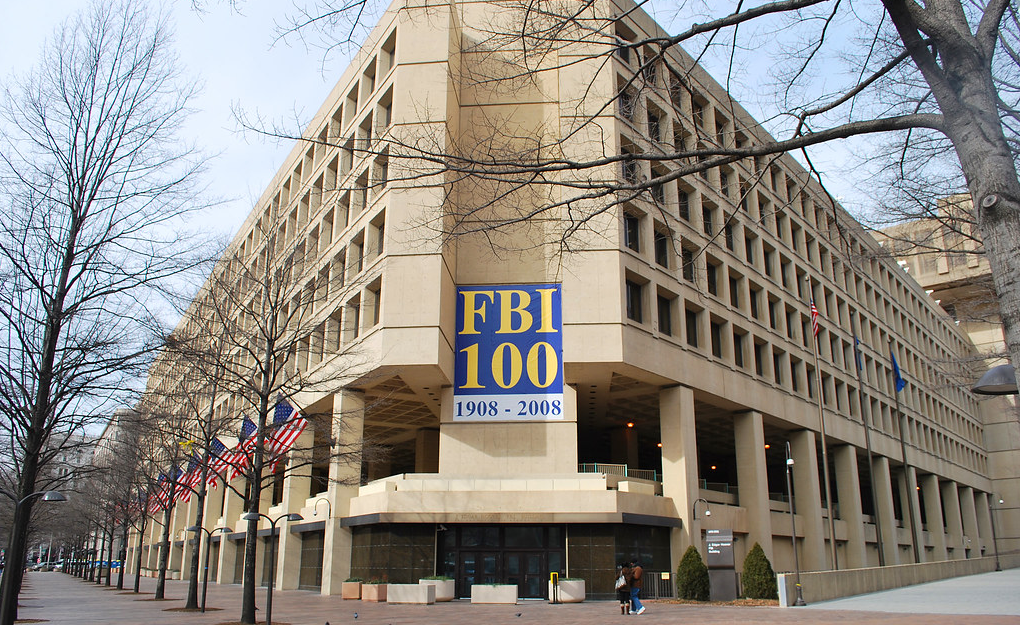
3. Political Firestorm: Maryland vs. D.C.
The decision to keep the FBI in downtown Washington sparked fierce opposition from Maryland lawmakers, who had championed the Greenbelt site after a competitive selection process. Senator Chris Van Hollen, D-Md., referred to the administration’s about-face as “a blow to the men and women of the FBI” and pledged, “I will not vote for one penny of funding to relocate the FBI headquarters to any building other than Greenbelt.” The dispute even stalled the Senate appropriations process, as lawmakers fought over the amendment that would cut off funds for any site other than Maryland.

4. The Decades-Long Search for a Solution
The search for a new FBI headquarters has spanned four presidential administrations and close to two decades. Every attemptto swap, rebuild, or relocatehas faced political, logistical, or financial obstacles. The Biden administration’s Greenbelt campus plan was the most recent among a string of proposals, but the Trump administration’s move to use the Reagan Building was a radical shift. As Federal News Network reported, “the Biden administration expected to start building a new FBI headquarters in 2029, and have FBI workers working out of the new facility by 2036.” The Reagan Building relocation also guarantees a much quicker timeline.
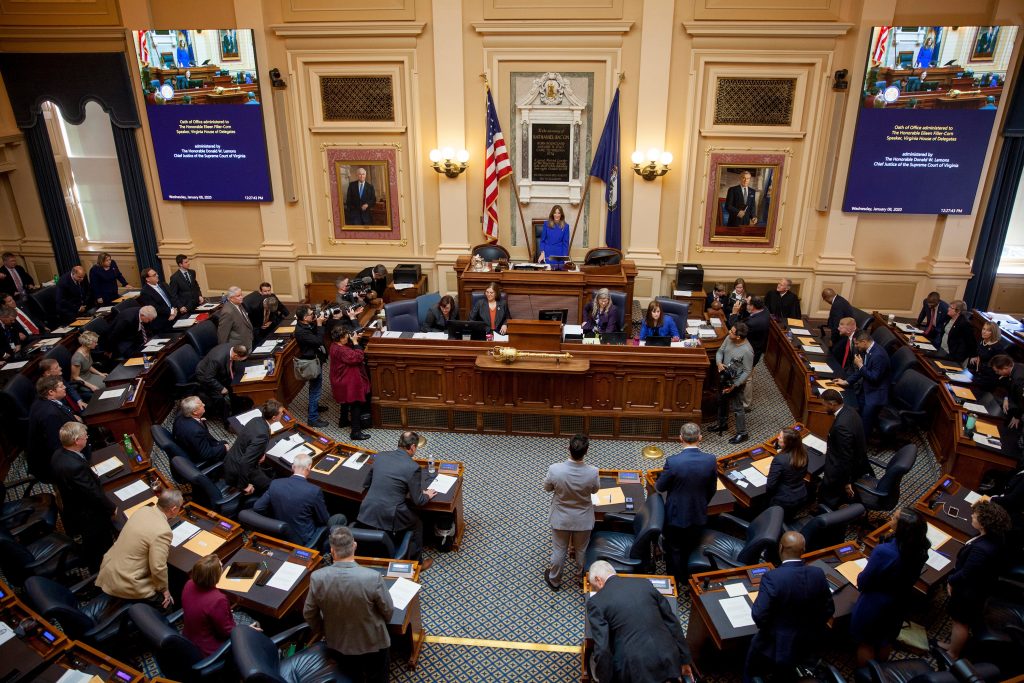
5. Congressional Oversight and Investigations
The site selection process has been haunted by claims of conflict of interest and inadequate analysis. Virginia legislators were concerned after learning that a government official involved in the Greenbelt decision was once an employee of the Washington Metropolitan Area Transit Authority, which owns the land in Greenbelt. The Office of Inspector General consented to investigate and the controversy over the move has been a flashpoint in congressional appropriations, with appropriators such as Sen. Lisa Murkowski, R-Alaska, demanding more transparency and analysis before moving forward.
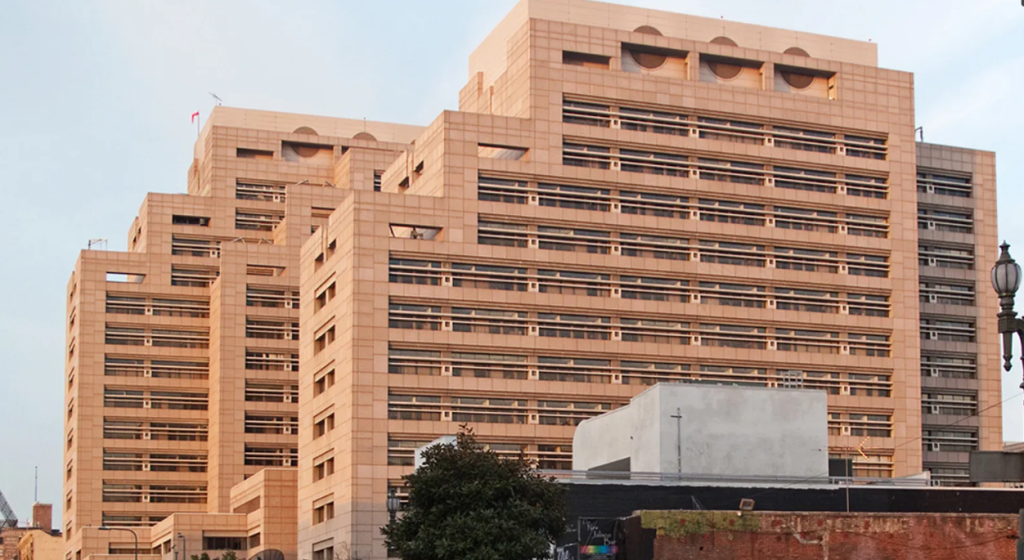
6. Effect on Other Federal Occupants
The Reagan Building is not a tabula rasa. It presently houses agencies such as U.S. Customs and Border Protection and the Environmental Protection Agency, along with private organizations. The GSA has committed to “support and assist CBP in space that enables them to accomplish their mission while the transition of the FBI to the Reagan Building begins.” The ripple effects of this action are still being felt, with still-open questions about where displaced tenants will be sent and how federal office space will be repurposed in the coming years.

7. The Broader Federal Deferred Maintenance Crisis
The FBI’s predicament is emblematic of a much larger issue: deferred maintenance across federal agencies has ballooned to $76 billion as of 2021. Aging facilities, rising construction costs, and budget constraints have left many federal buildings outdated and underutilized. The Hoover Building’s decline is just one example of how delayed investment can drive up costs and create operational risks. As the Government Accountability Office is pointing out, “maintenance needs for those properties are continually outgrowing the work being done to address those needs each year.”
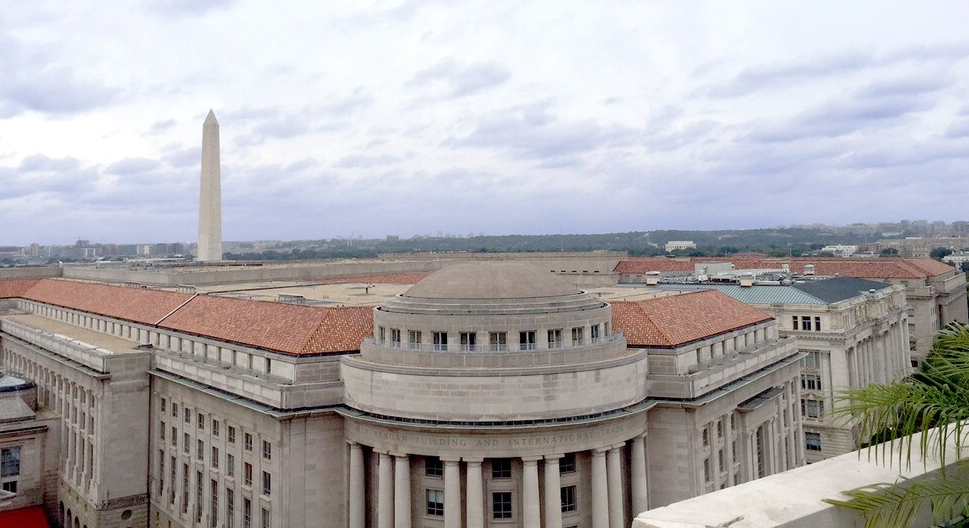
The relocation of the FBI headquarters is more than a story of dollars and centsit’s a glimpse into the difficulty of maintaining America’s enormous federal infrastructure. The move into the Reagan Building might have solved one agency’s crisis of accommodations, but it serves to underscore the necessity of long-term planning, transparency, and bipartisan coordination in federal property management. While Congress and the administration go on arguing with each other about priorities and dollars, the lessons of this much-hyped move will be heard much more widely than in the corridors of the FBI.
